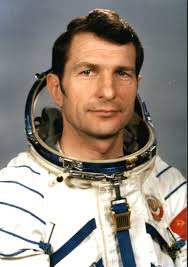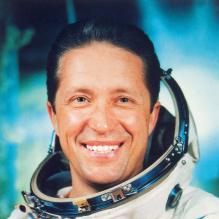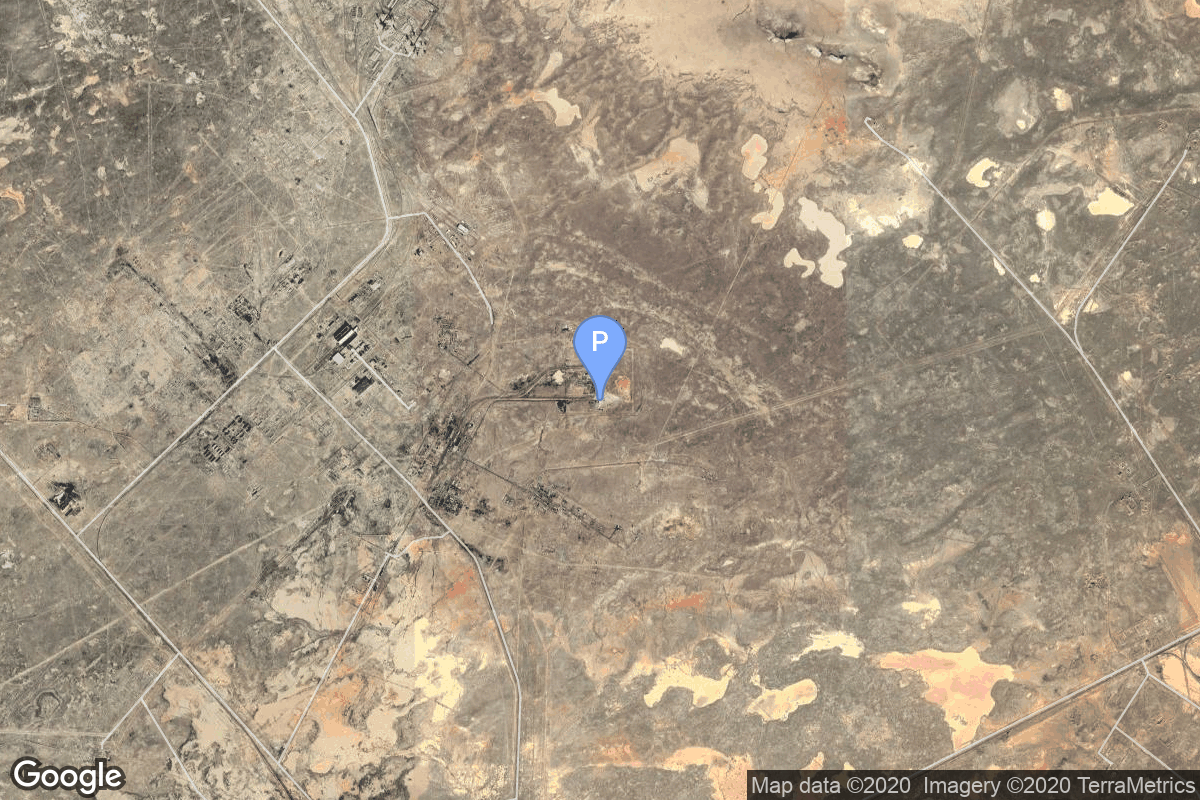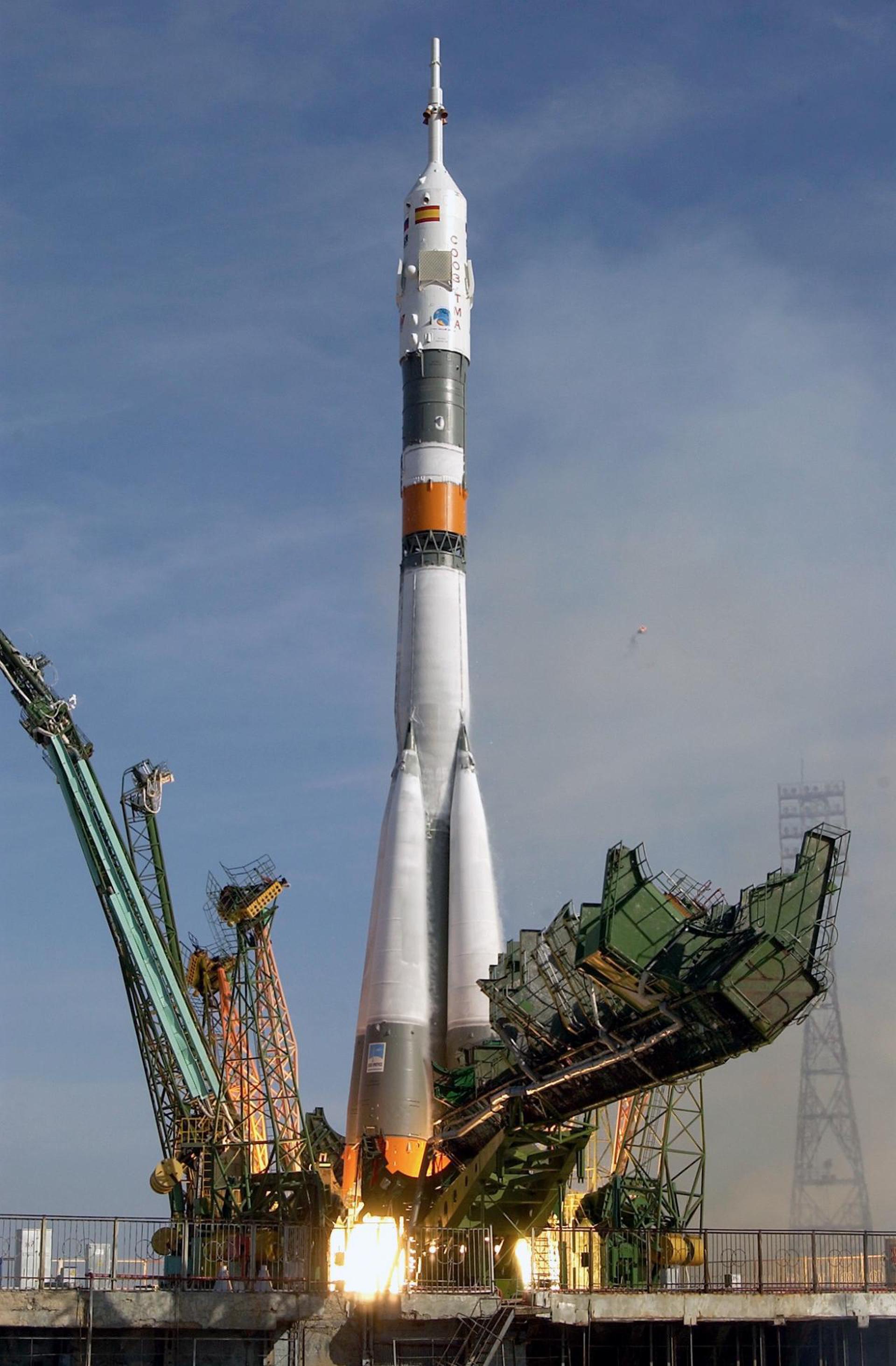Soyuz T-2
Soyuz-U
Soviet Space Program
Crew

Yury Malyshev
- Birthday: 08/27/1941
- Role: Commander
- Nationality: Russian
- First Flight: 06/05/1980
- Last Flight: 04/03/1984
Yury Vasilyevich Malyshev (Russian: Ю́рий Васи́льевич Ма́лышев) was born in the village Nikolayevsk, Stalingrad Oblast (Volgograd Oblast), USSR, on 27 August 1941.
He was Commander of Soyuz T-2 (5–9 June 1980) and Soyuz T-11 (3–11 April 1984).

Vladimir Aksyonov
- Birthday: 02/01/1935
- Role: Flight Engineer
- Nationality: Russian
- First Flight: 09/15/1976
- Last Flight: 06/05/1980
Aksyonov was selected as cosmonaut on 3 March 1973. He was awarded the title of the Hero of the Soviet Union on two occasions. He retired on 17 October 1988.
Flew as Flight Engineer on Soyuz 22 and Soyuz T-2.
Mission
Soyuz T-2
- Type: Human Exploration
- Orbit: Low Earth Orbit
Soyuz T-2 was the first crewed flight of the new Soyuz vehicle. It was the tenth mission to visit the Salyut 6 space station and carried the EP-6 crew, which visited the long-duration Soyuz 35 resident crew. The mission began on June 5, 1980, 14:19:30 UTC, launching Commander Yury Malyshev and Flight Engineer Vladimir Aksyonov into orbit. They docked with the station the next day. During their 2-day stay on the station, crew carried out few scientific experiments. After Soyuz T-2 undocked, its crew photographed and visually inspected the space station.
The mission concluded with a safe landing back on Earth on June 9, 1980, 12:39:00 UTC.
Location
Rocket
Agency
Soviet Space Program
The Soviet space program, was the national space program of the Union of Soviet Socialist Republics (USSR) actived from 1930s until disintegration of the Soviet Union in 1991.
The Soviet Union’s space program was mainly based on the cosmonautic exploration of space and the development of the expandable launch vehicles, which had been split between many design bureaus competing against each other. Over its 60-years of history, the Russian program was responsible for a number of pioneering feats and accomplishments in the human space flight, including the first intercontinental ballistic missile (R-7), first satellite (Sputnik 1), first animal in Earth orbit (the dog Laika on Sputnik 2), first human in space and Earth orbit (cosmonaut Yuri Gagarin on Vostok 1), first woman in space and Earth orbit (cosmonaut Valentina Tereshkova on Vostok 6), first spacewalk (cosmonaut Alexei Leonov on Voskhod 2), first Moon impact (Luna 2), first image of the far side of the Moon (Luna 3) and unmanned lunar soft landing (Luna 9), first space rover (Lunokhod 1), first sample of lunar soil automatically extracted and brought to Earth (Luna 16), and first space station (Salyut 1). Further notable records included the first interplanetary probes: Venera 1 and Mars 1 to fly by Venus and Mars, respectively, Venera 3 and Mars 2 to impact the respective planet surface, and Venera 7 and Mars 3 to make soft landings on these planets.


